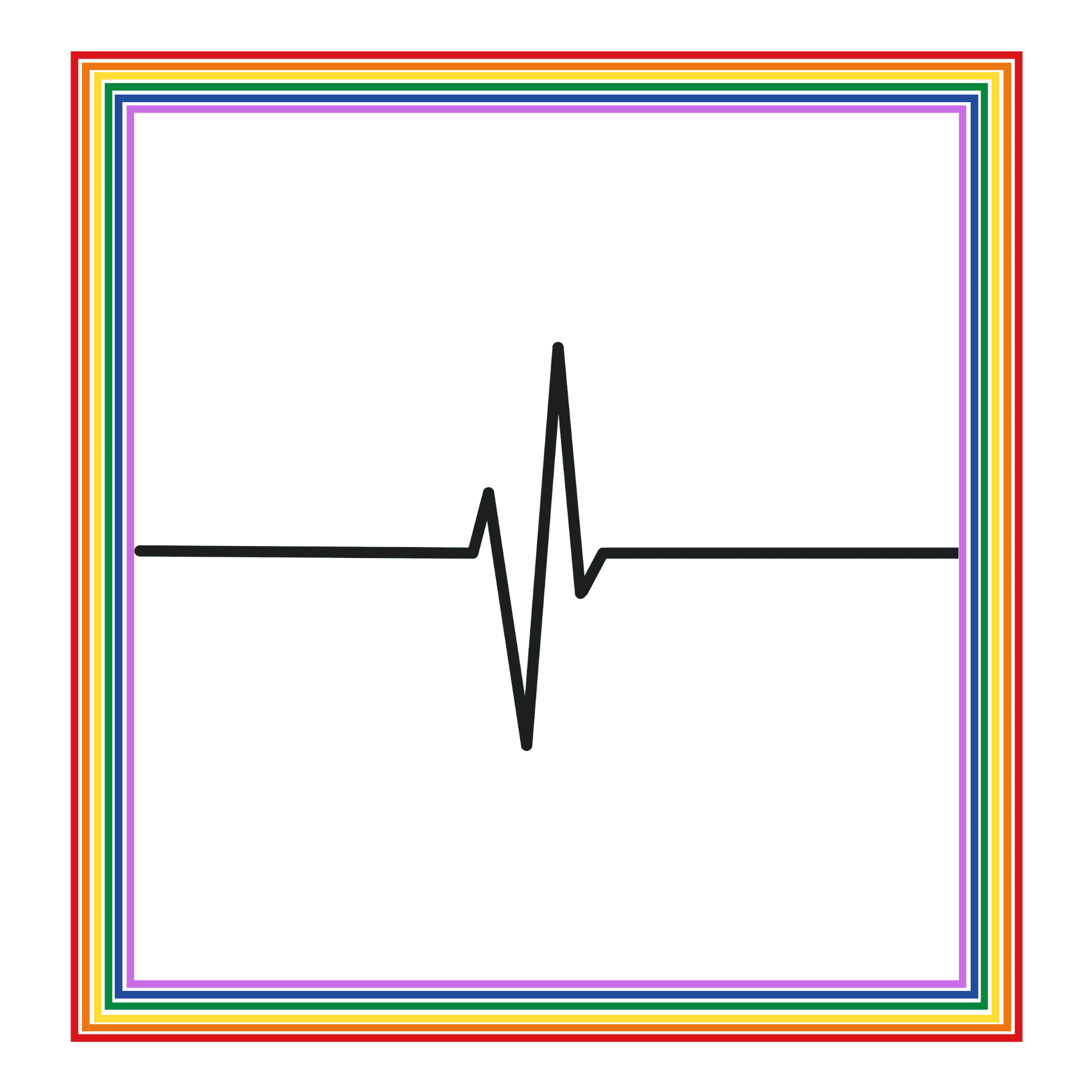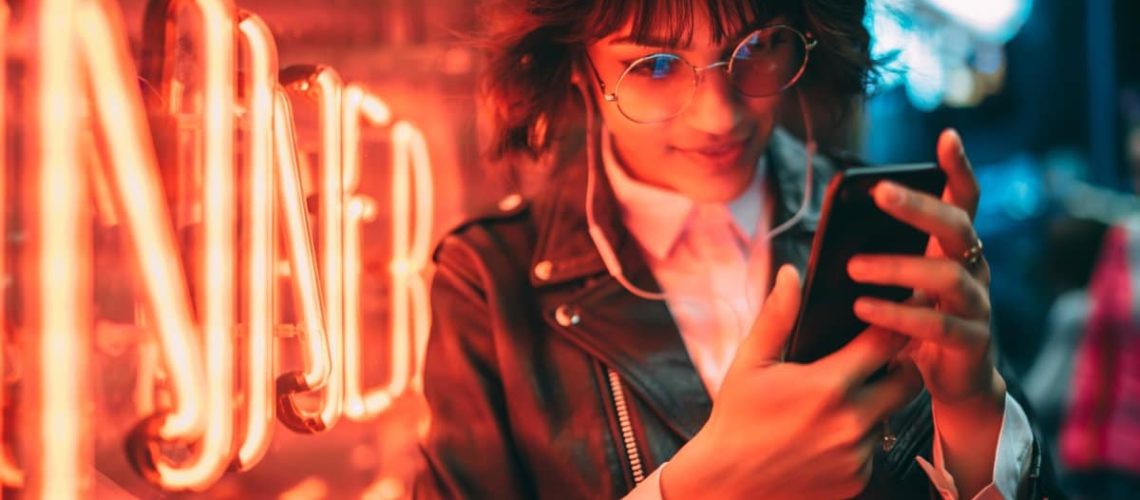After a long week of work, one of the most common places they find themselves at is a bar. What better than sitting back, drinking with friends, and potentially meeting somebody new? For queer people, gay bars offer this in spades.
Gay Bars Aplenty
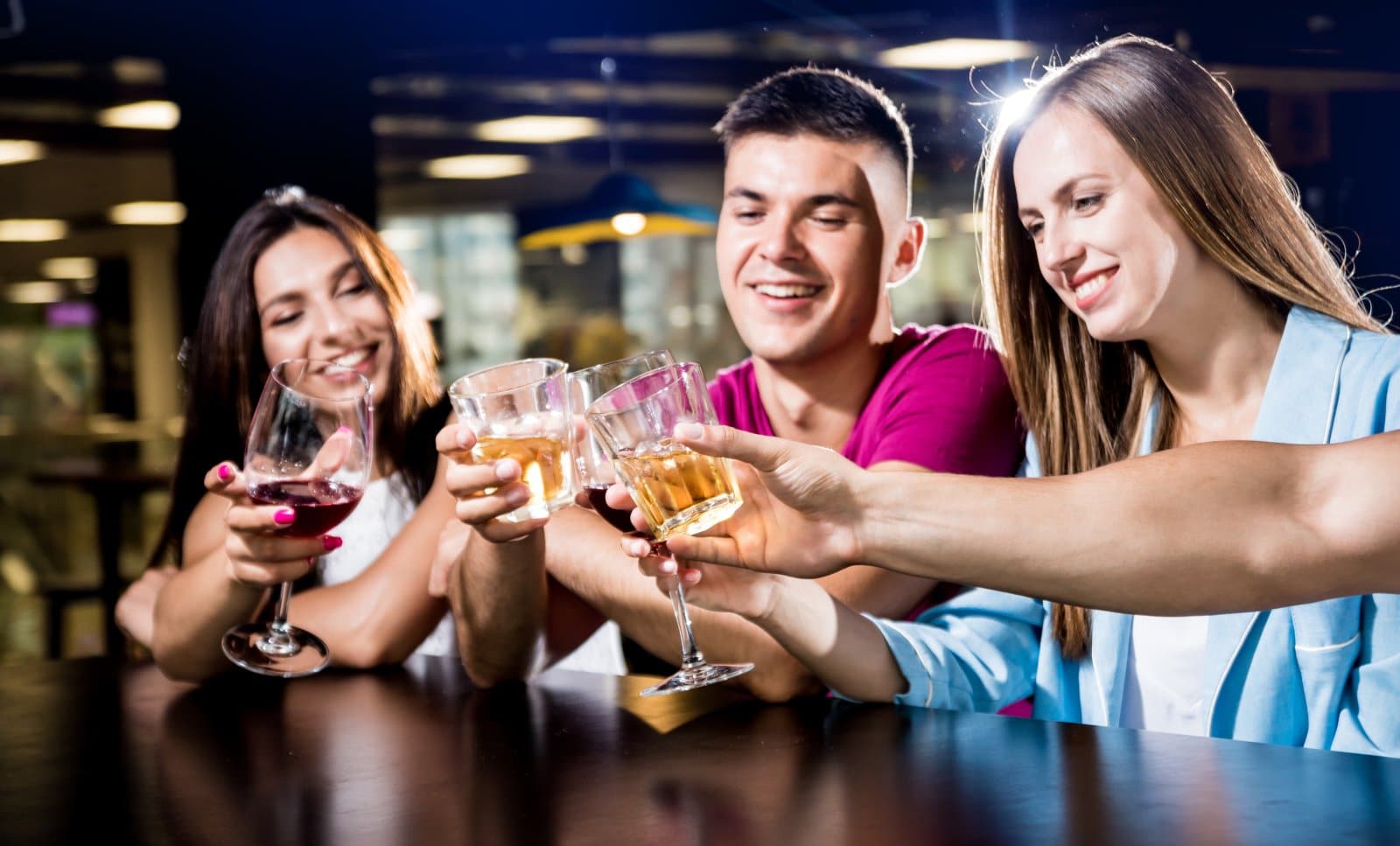
In most well-populated cities, it’s standard to have at least one gay bar. In larger metropolitan areas, the number grows exponentially. But in all the frenzy and excitement of exploring gay bars, one question begs asking: Why are there no lesbian bars?
On the Decline
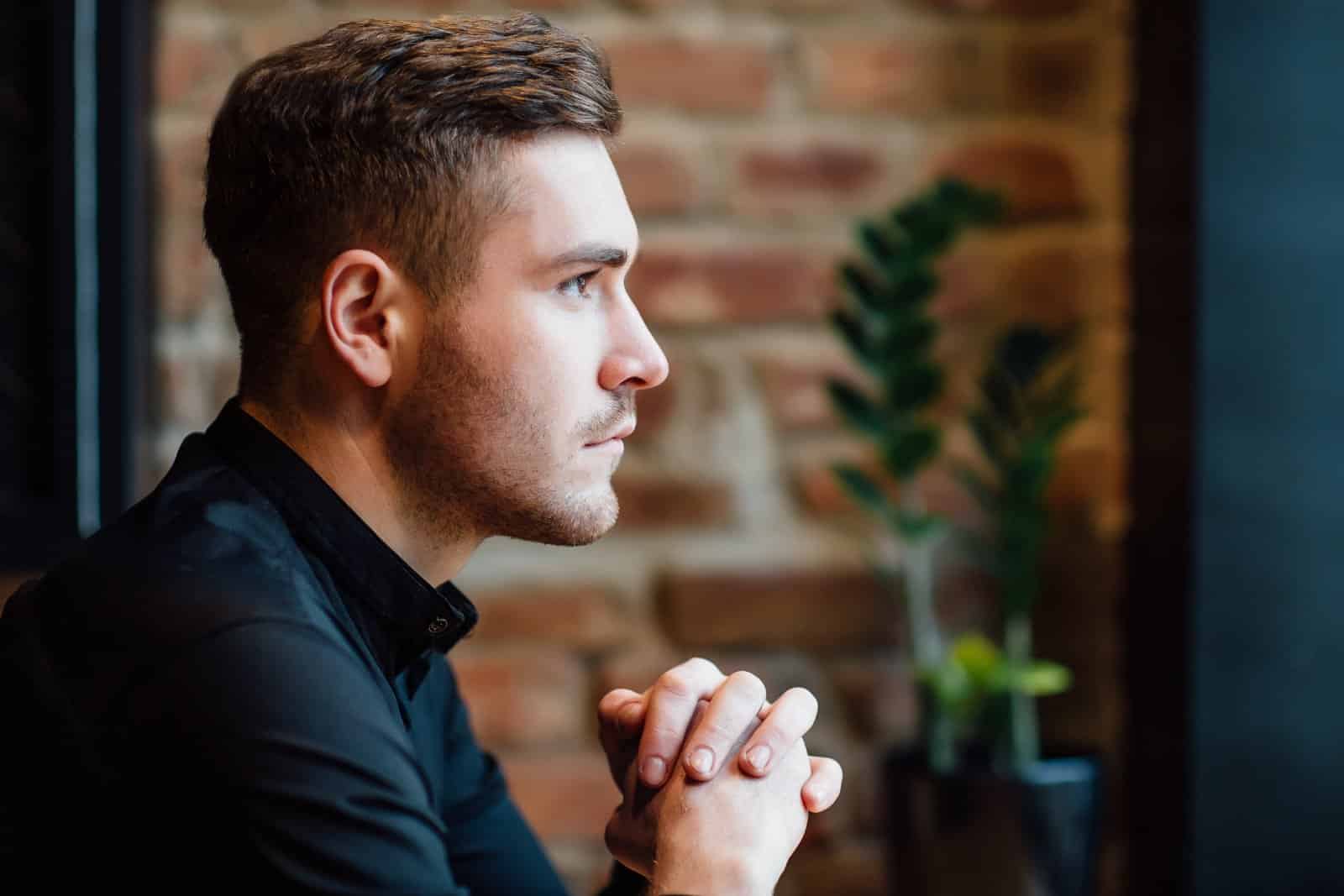
Jo McDaniel, the bar manager of Phase 1 located in Washington D.C., notes that lesbians were not always in scarcity. In fact, before shutting down in 2016, her establishment was once the oldest lesbian bar found in the country.
No Place Left

“Losing such an institution was incredibly difficult for D.C.” Upon the release of the bar’s closing, one previous patron commented online that “There is no place left.”
Endangered Environment
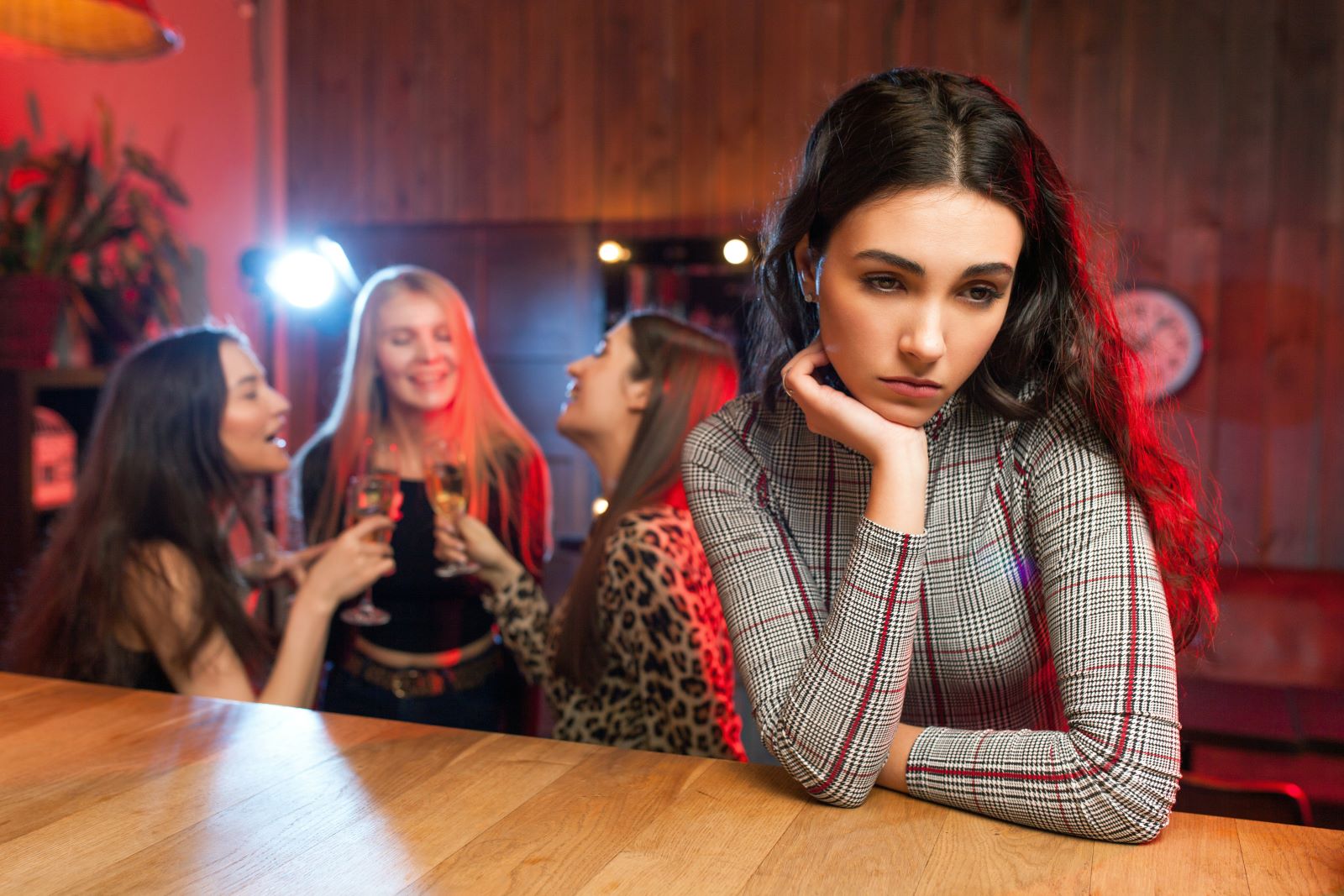
Scenarios like this are not just unique to D.C. Nationwide, spaces for queer women have been disappearing at an alarming rate. During the 1980s, around 200 lesbian bars were in full operation. By 2019, that number has since dwindled to 30.
Losing Safety
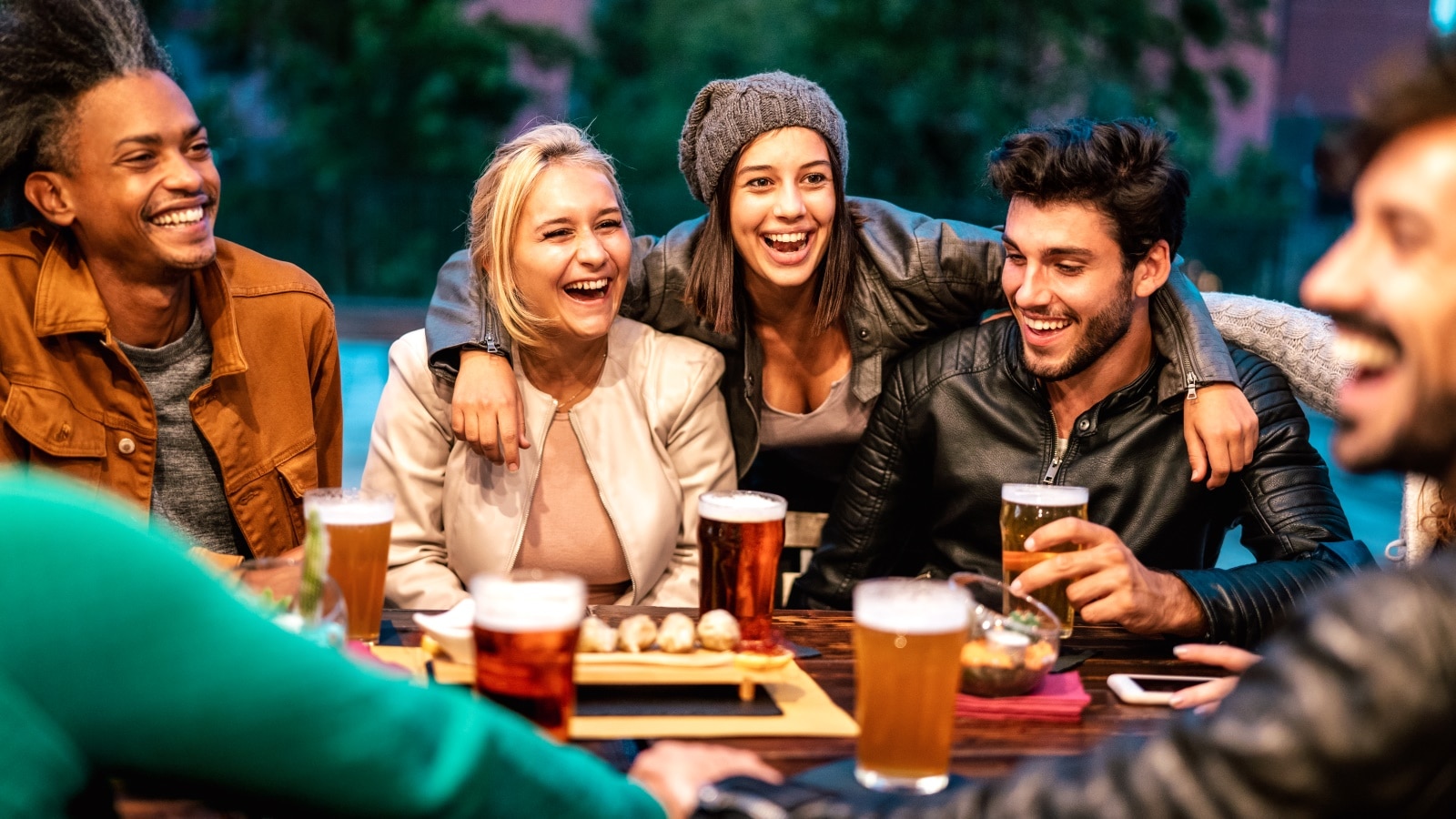
Despite the drop in population of lesbian bars, these nightlife venues still matter. Many of these bars were the only queer places that women and other gender-nonconforming individuals could feel safe.
Male-Dominated Industry
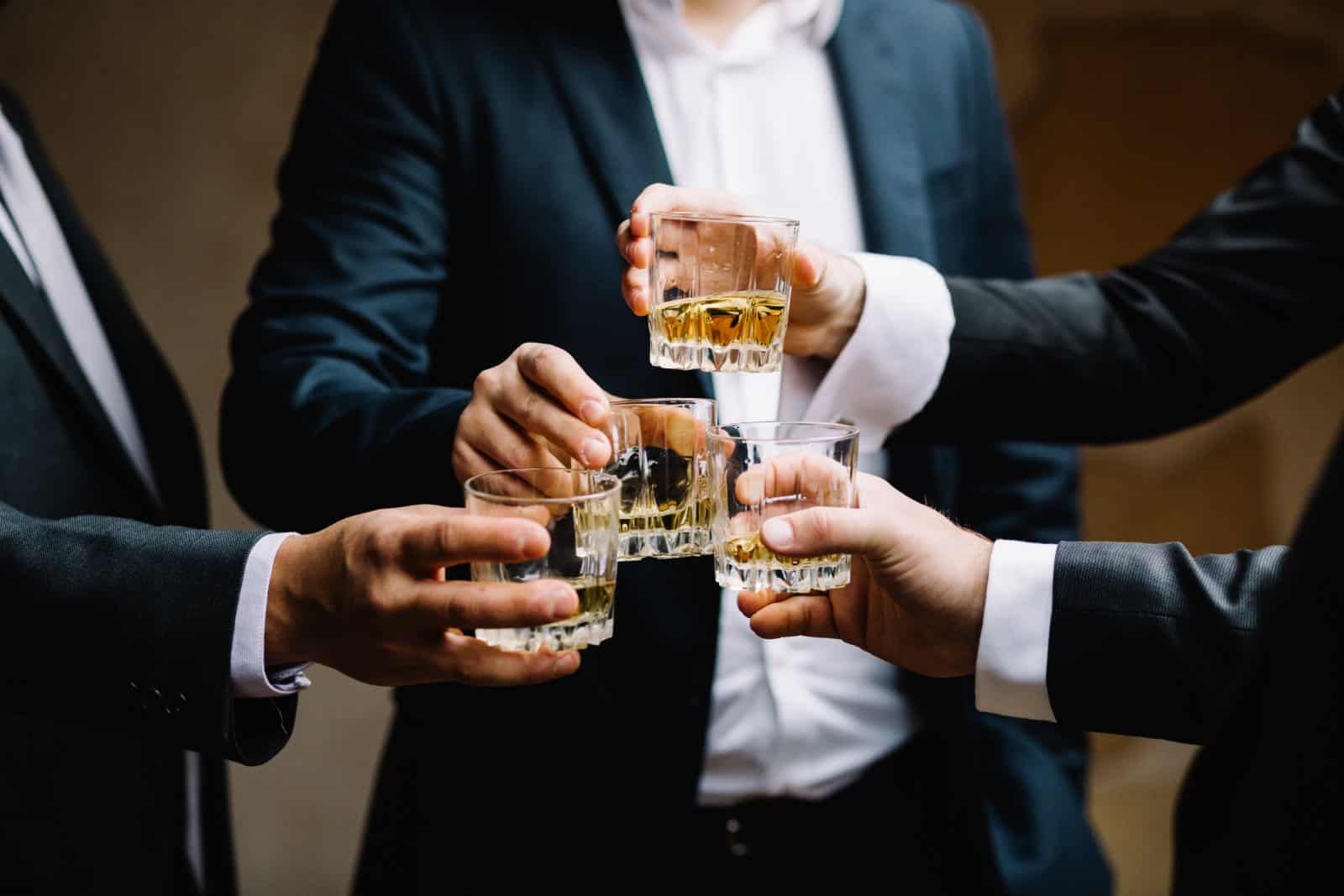
For a long stint in queer history, gay bars were often male-exclusive, and oftentimes socially segregated. This lack of inclusion led those not welcome to create their own space, leading to lesbian bars being the welcoming scene for those with nowhere else to go.
COVID-19
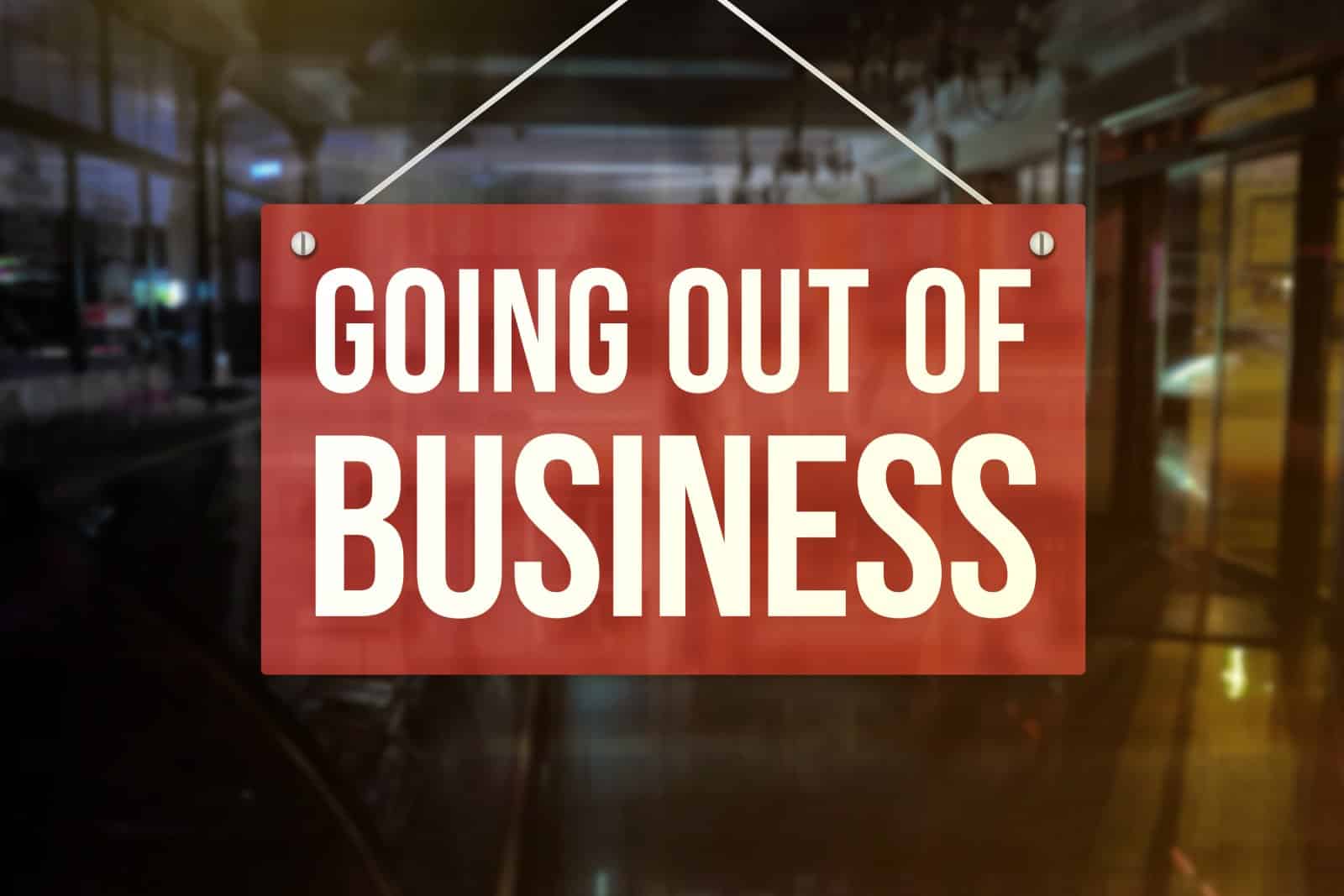
The current prospect of these bars has taken a grim turn, especially in the recovering years of the COVID-19 pandemic. Managers and owners of the surviving sapphic institutions are now struggling to re-establish themselves after years of lockdown.
Getting By
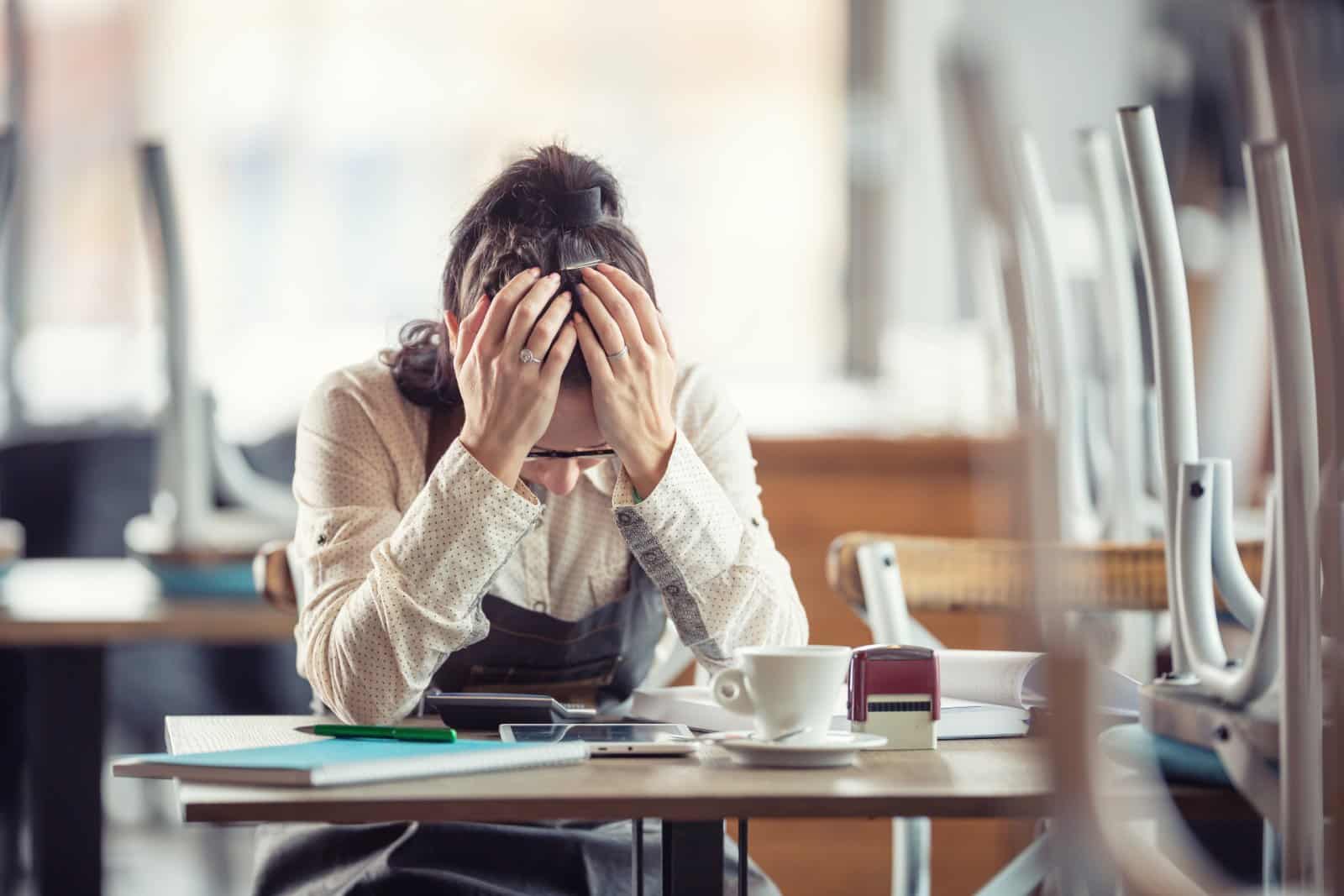
Even after quarantine regulations had been lifted, most of these bars never bounced back to maximum capacity. Some of these locations provided limited service hours in an attempt to mitigate costs, while others closed up shop all together.
Money Makes the World Go Round
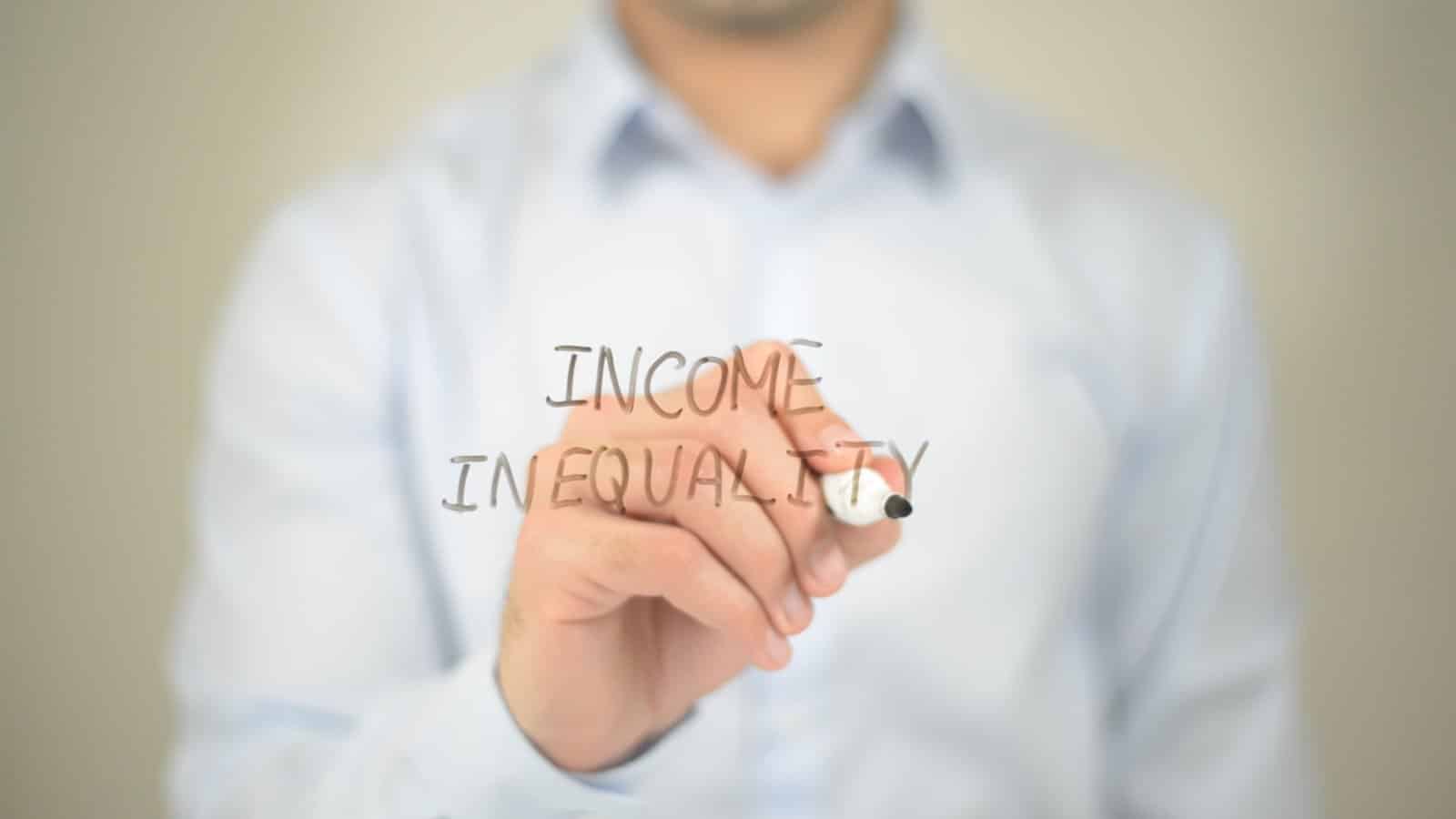
One of the main contributing factors revolves around financial discrimination. These watering holes cater to a specific demographic of queer women and trans individuals, who on average earn less due to income inequality.
Staying Afloat
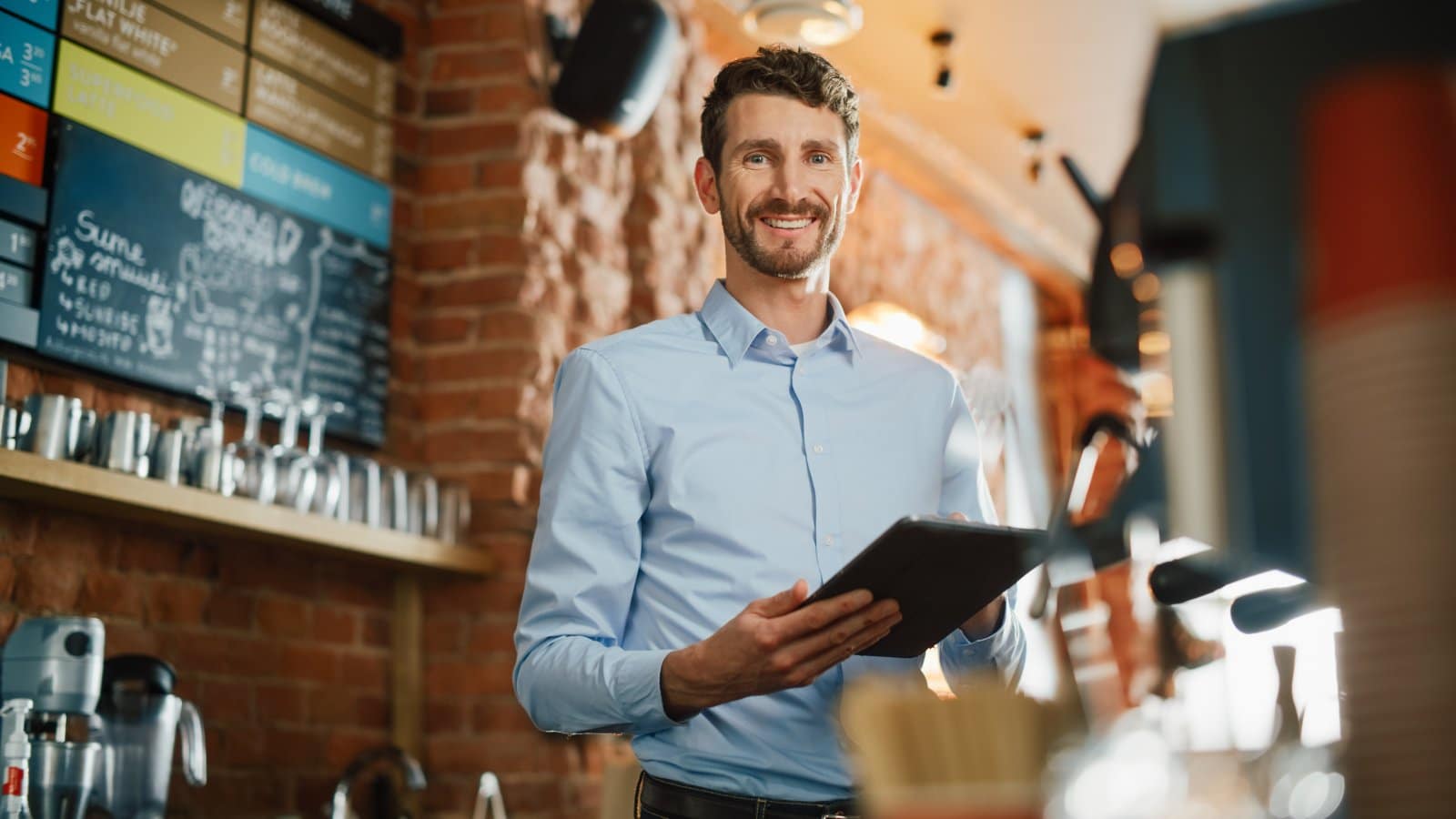
Despite monetary constraints, co-owners of the Seattle-based Wildrose committed to reopening in an effort to maintain presence in the community. They preserved through tight budgeting and even lay-offs, cutting costs as best they could in order to remain afloat.
Pillars of the Community
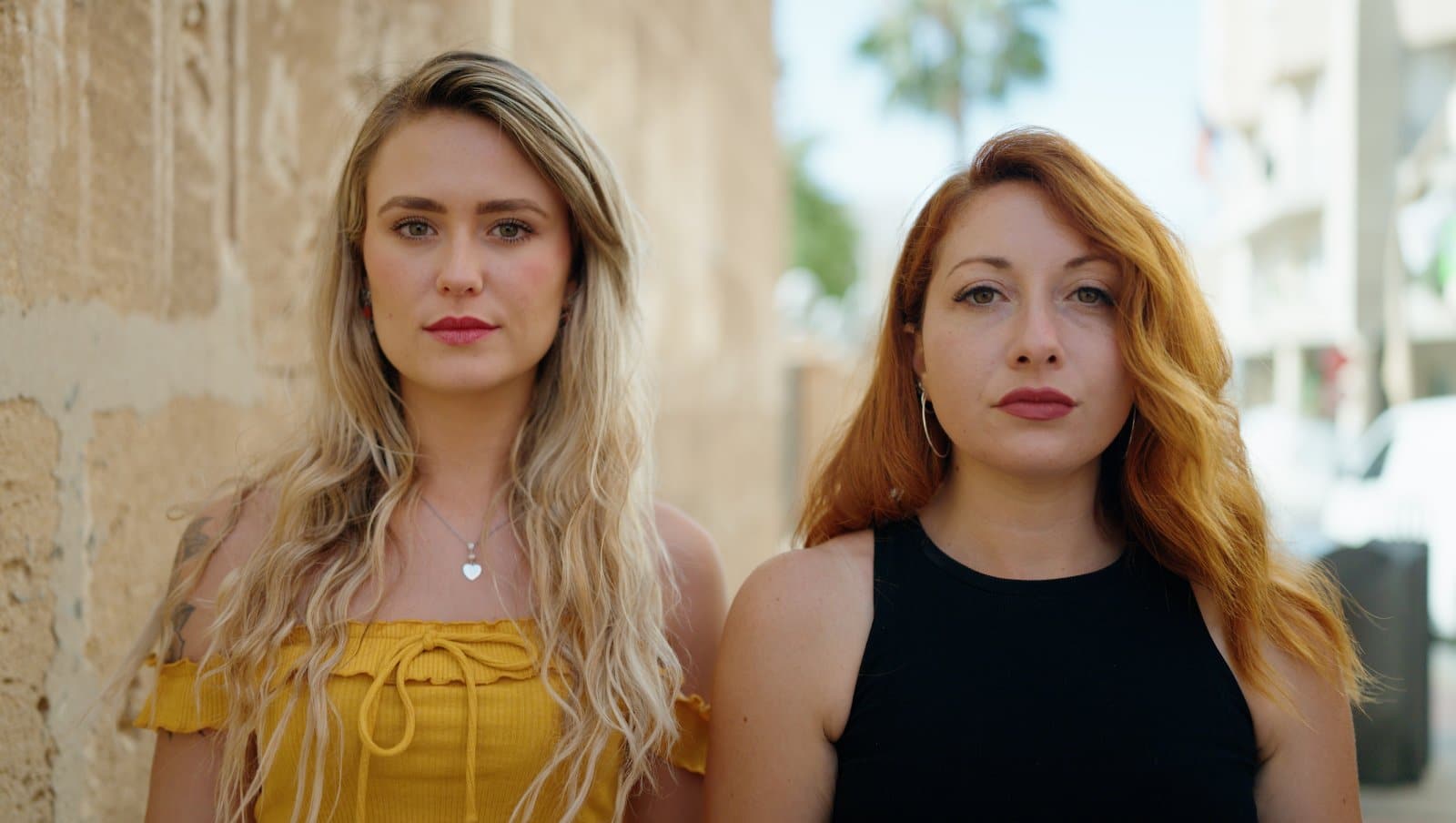
The loss of so many lesbian bars inspired two New York filmmakers back during the height of the pandemic. In October 2020, both Erica Rose and Elina Street started the Lesbian Bar Project.
The Lesbian Bar Project
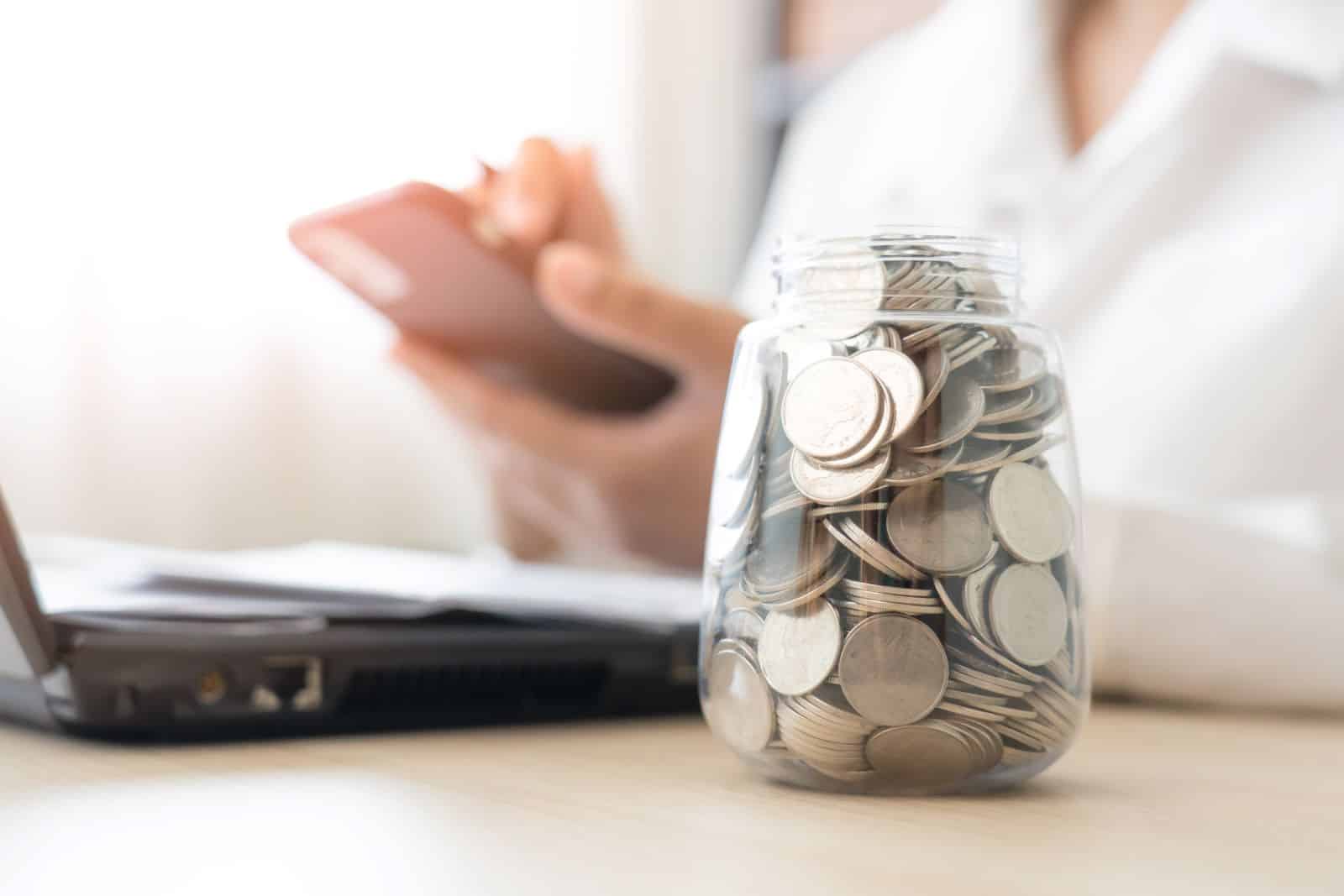
The campaign raised awareness of the unique hardships these queer taverns were facing, ultimately grossing over $110,000 over the course of two months. The earnings from the project were evenly divided up between 13 remaining bars across the country.
Holding On to a Good Thing

Rose and Street both worked passionately on the Lesbian Bar Project, as they both noted the positive impact these spaces had in their own coming out journey. “When something is taken away from you, that’s when you realize you really do need it,” Street commented.
CubbyHole Inspiration

Rose and Street’s main source of inspiration came from New York’s Cubbyhole, located in the West Village neighborhood. Rose stated “When I walked into Cubbyhole, I immediately felt this access and visibility to queer women being themselves.”
Project Response
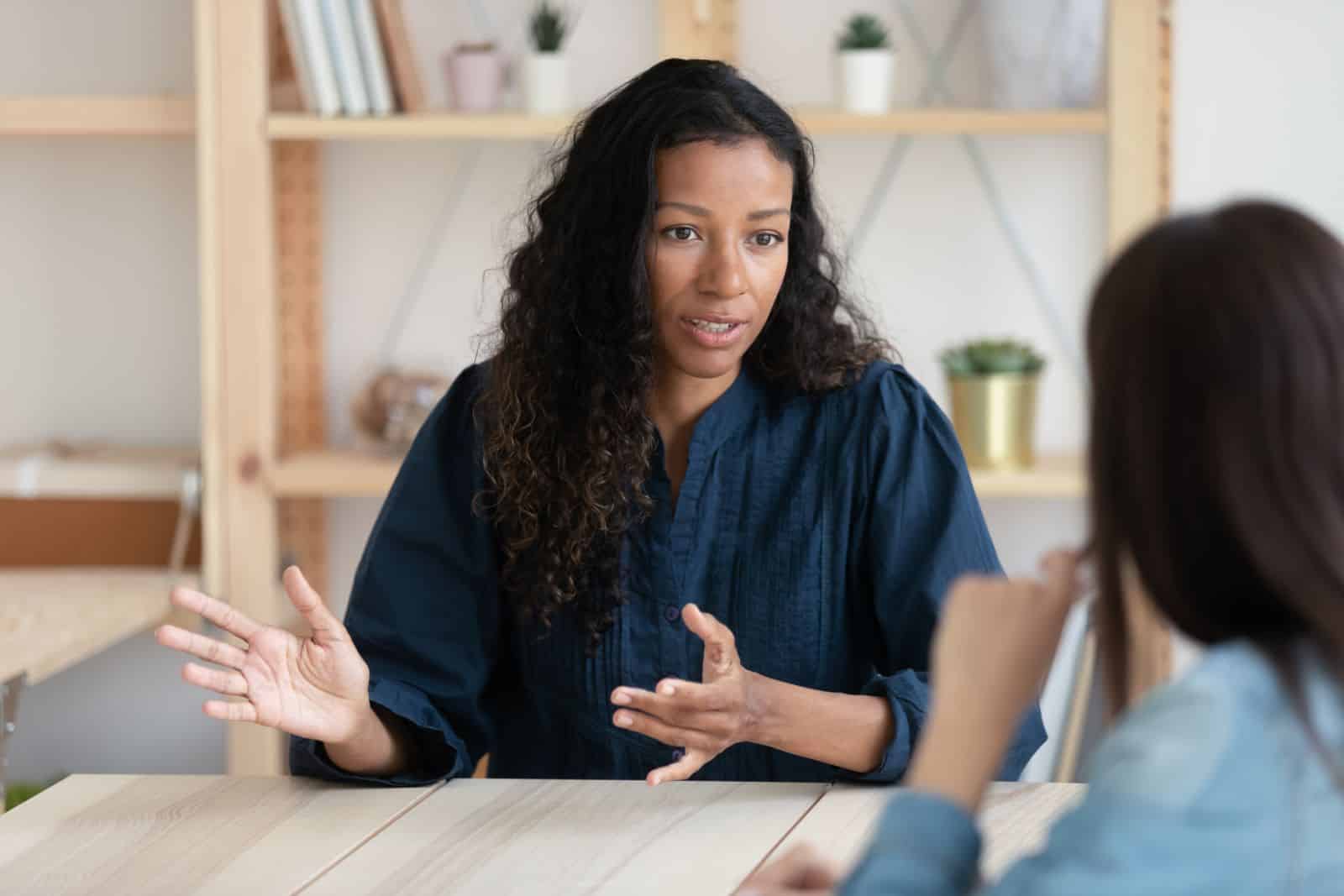
“That was a wake-up call: This is who I am, and I have a space to do that,” Rose continued. The founders of the project describe the support they received as “humbling.” Their efforts also led to the development of a docu-series, released in 2022.
Unknown Origins
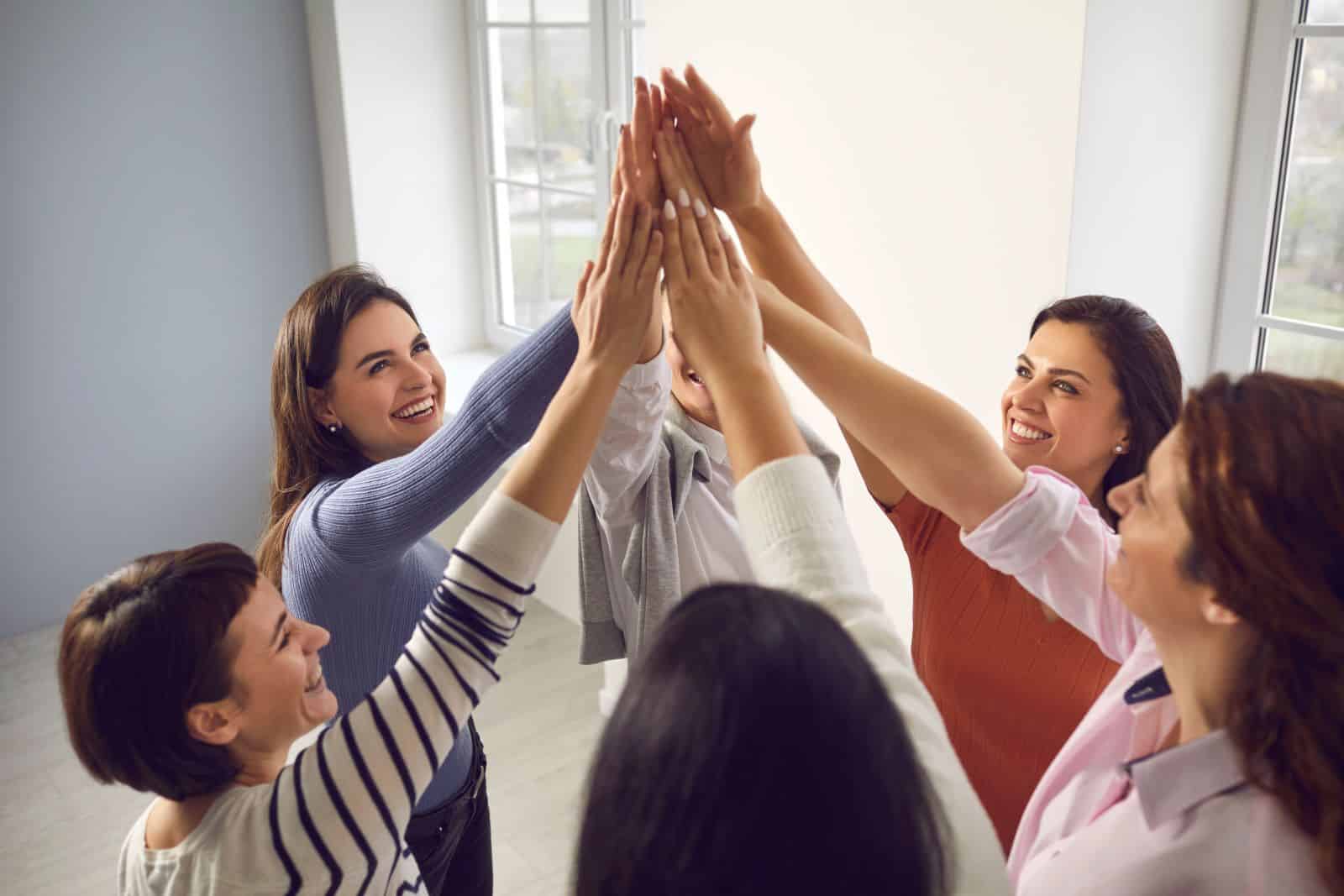
While queer women have been gathering in bars for centuries, Smithsonian curator Katherine Ottfirst says the first American lesbian bar remains a mystery to historians. “I don’t think anyone knows the first bar, and if they claim to know it, they’re lying,” says Ott.
Debates in Spades

Some scholars credit San Francisco’s Mona’s 440 Club, which first opened its doors in 1936. These claims have not escaped scrutiny from other academics, who have their own contenders in the running for the title.
Worth Protecting
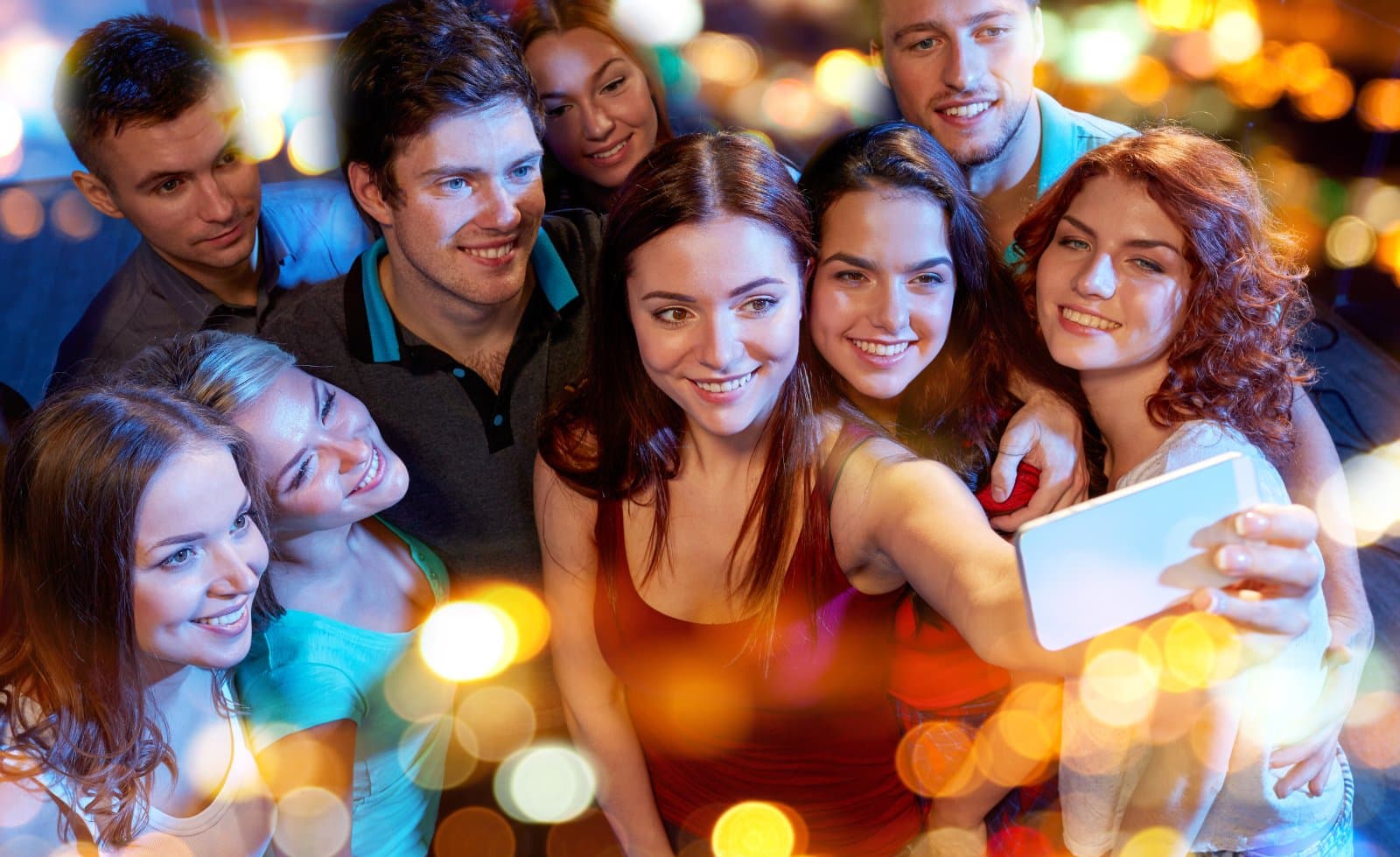
Regardless of how they started or which was first, lesbian bars serve a unique role in queer culture. They offer a safe space for queer women and trans people to be free, which is a rare find in modern times.
The post What Happened to All the Lesbian Bars? first appeared on Pulse of Pride.
Featured Image Credit: Shutterstock / GaudiLab.
